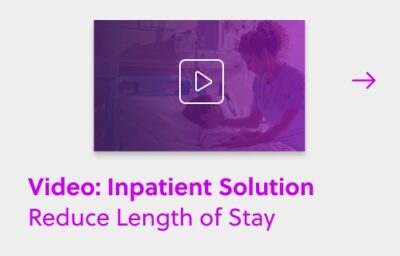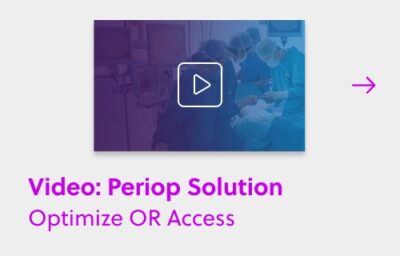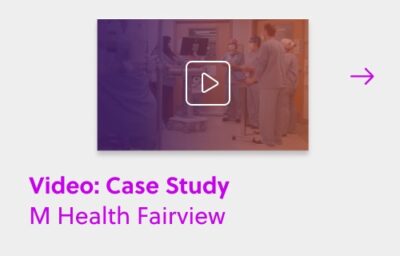By Mudit Garg, Co-Founder & CEO
No department is more central than surgical services to the overall financial health of a hospital, nor more important to its reputation and its potential for growth. Some of its most advanced technology, from lasers to robots, is in its operating suites. All the more reason why managing surgical services should be equally high tech, rather than relying on an awkward combination of spreadsheets, EHR tools, phone calls, and faxes.
There’s no shortage of software purporting to deliver high-tech management to perioperative services, but it rarely addresses the full scope of strategies that surgical services must pursue to maximize their resources and stay competitive. A solution may address one limited problem — for example, providing visibility into OR schedules and performance — but does nothing to help the department maximize white space, or find opportunities for growth. Moreover, a solution may even create more work for teams — such as requiring schedulers to manually transfer information from one screen to another — instead of automatically completing tasks to reduce workload.
In this four-part series about cutting-edge management of perioperative services, we’ll talk about the features that turn software into a true solution to drive surgical growth. First, we must define the problems, as we understand them from working in perioperative settings and from talking to surgeons, schedulers, and perioperative business leaders.
Most surgical departments lack effective automation to address these two typical challenges:
Manual processes. Surgical scheduling is typically characterized by stressed, overstretched administrative staff at both ends: in the hospital and in surgeons’ practices. Automation should remove friction at every step and ease their burdens from end to end. A process that requires staff to repeatedly check calendars for time that opens up is better than having to manually call the scheduling office and being put on hold, but does not solve the underlying problem.
Inadequate analytics. Turning data into action can be difficult when systems are not specifically designed to analyze and present the data in a way that motivates users to take the needed actions. Basic data visualization and performance analytics are a given for any software, but most perioperative management software isn’t sophisticated enough to coordinate the steps or drive the behaviors needed to maximize scheduling lead times and strategically fill white space.
Most departments also need better ways to solve these three common problems.
Problem 1: Optimizing OR access. Most surgical departments routinely block time for surgeons who bring a substantial number of procedures to the hospital. Some surgeons don’t use all their block time, nor do they willingly release it soon enough for someone else to use it. OR capacity is unused or filled at the last minute with whatever cases the staff can find.
Problem 2: Achieving targeted growth with the existing surgeon base. While some scheduling software can show the block times that surgeons have released, it may not have an effective method of offering open slots to other surgeons likely to make the best use of them, and will fill the slots on a first-come, first-serve basis that may not fit the hospital’s strategic priorities.
Problem 3: Broadening market share. Every healthcare organization wants to attract the best mix of surgeons and procedures available in its service area. While that mix will vary depending on the market and the organization, understanding it requires both comprehensive data beyond the EHR and the ability to analyze it, in order to recruit new referrals or expand existing relationships.
Our next three posts will delineate how advanced automation capabilities like machine learning, artificial intelligence, and behavioral science can combine to address all of these problems and take surgical departments to a new level of performance.
To read the next installment in this series, click here.
To learn more about how you can move beyond manual OR processes and use automation to drive strategic growth, download a complimentary copy of our white paper: The New Perioperative Growth Playbook: Six Winning Strategies Using Automation.


